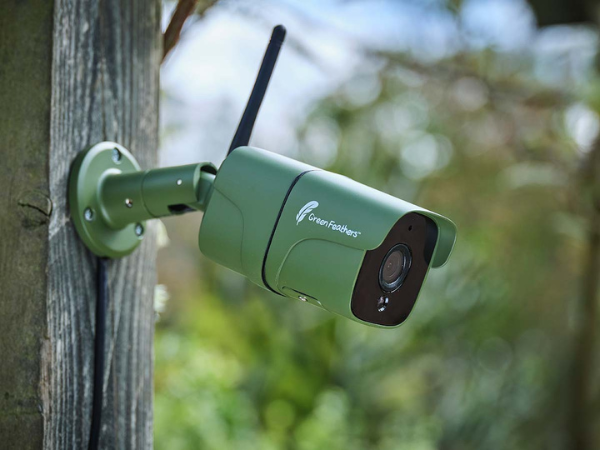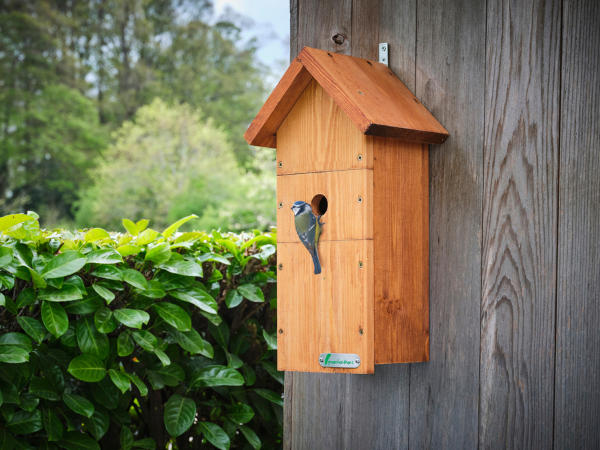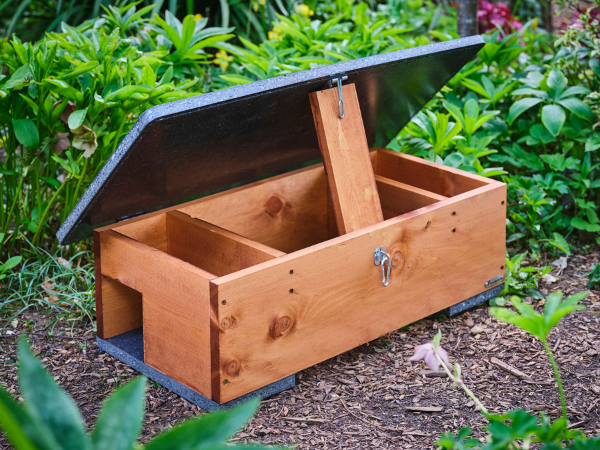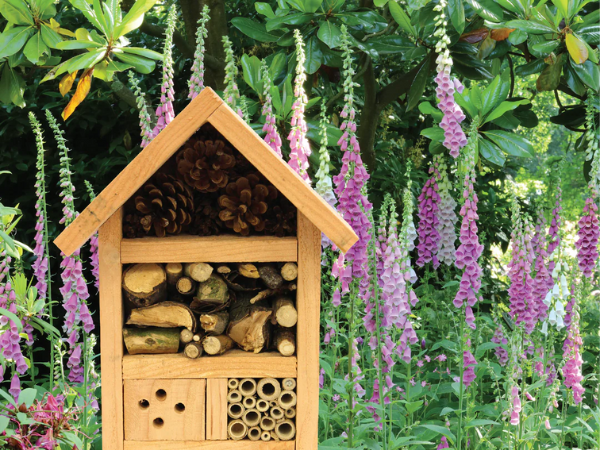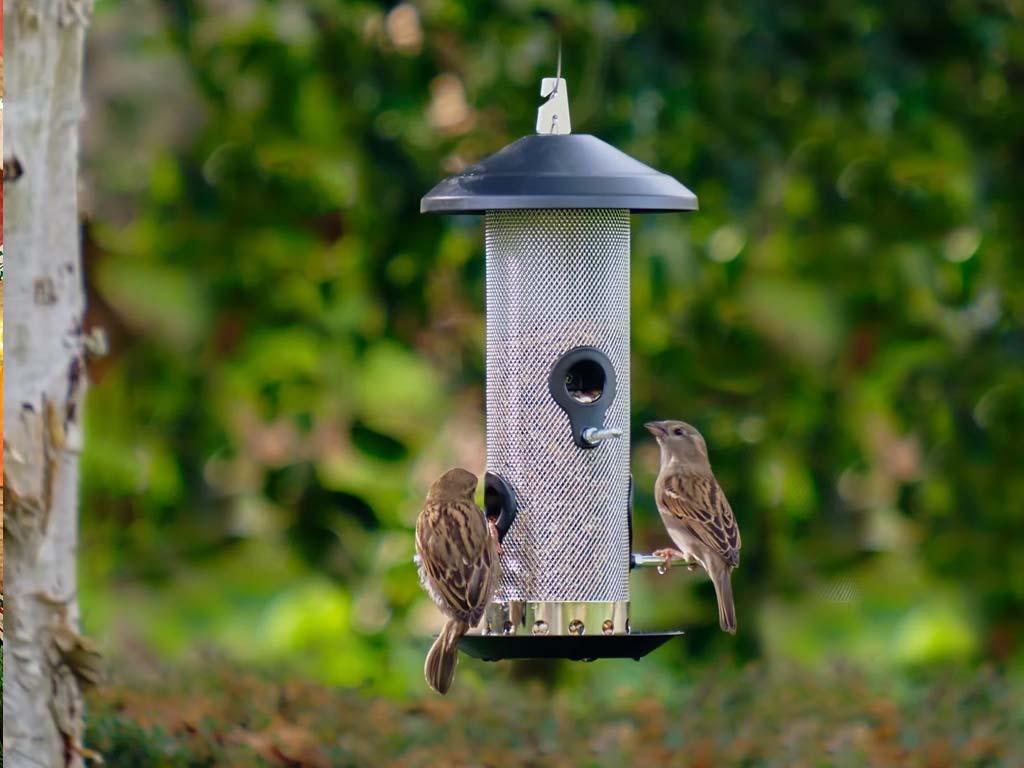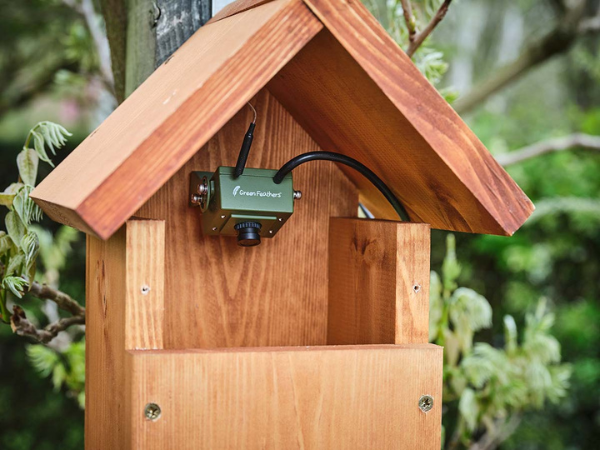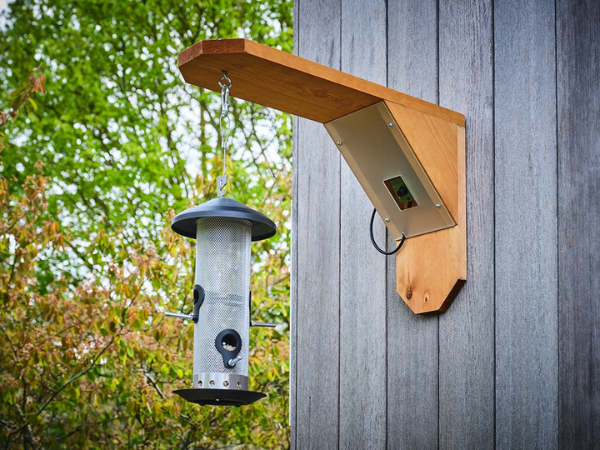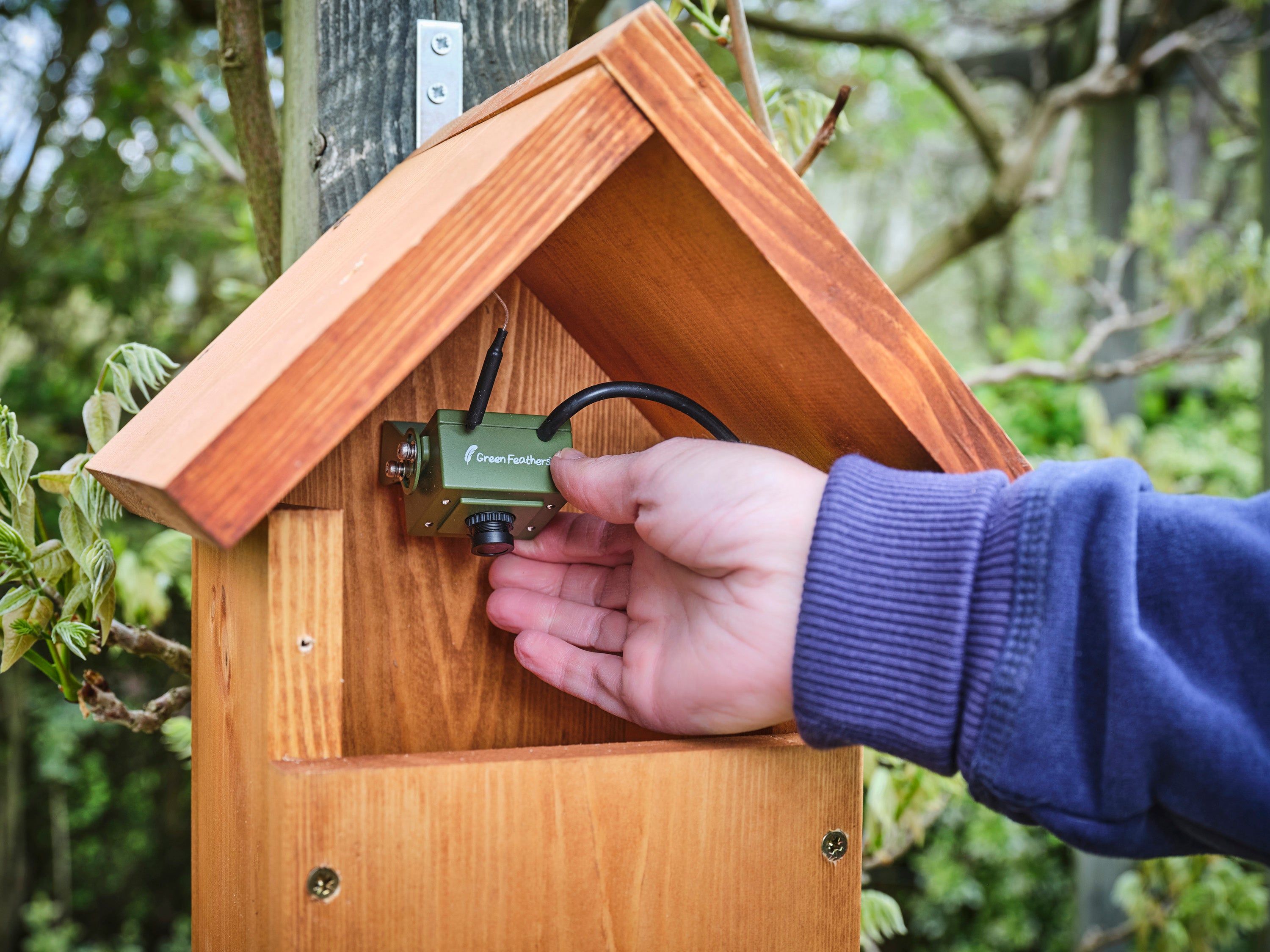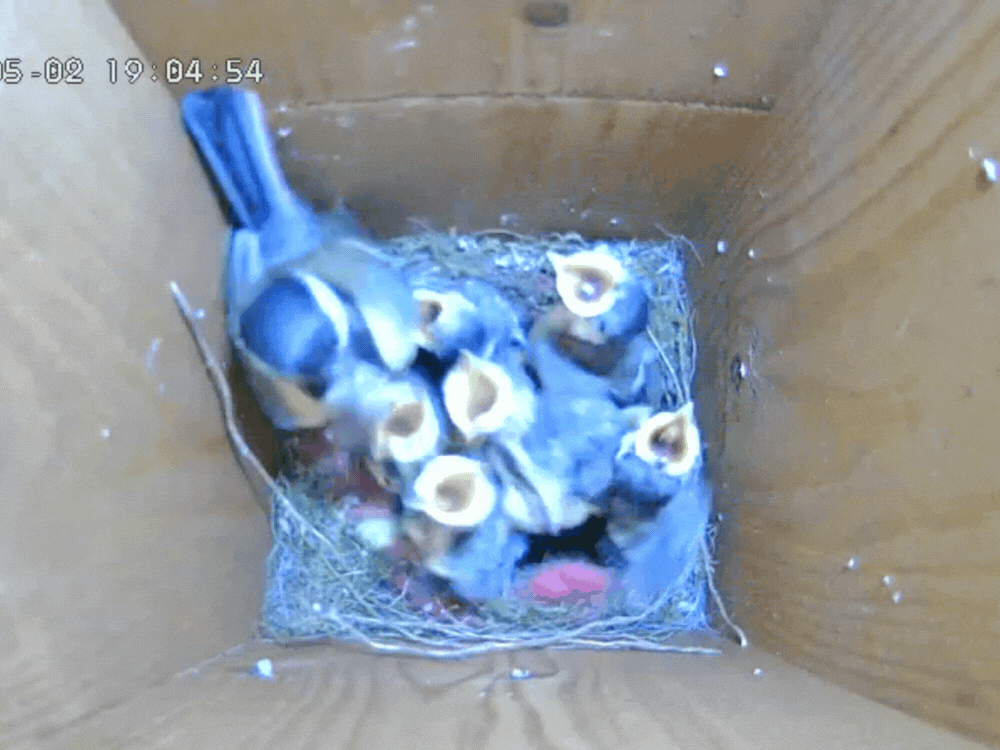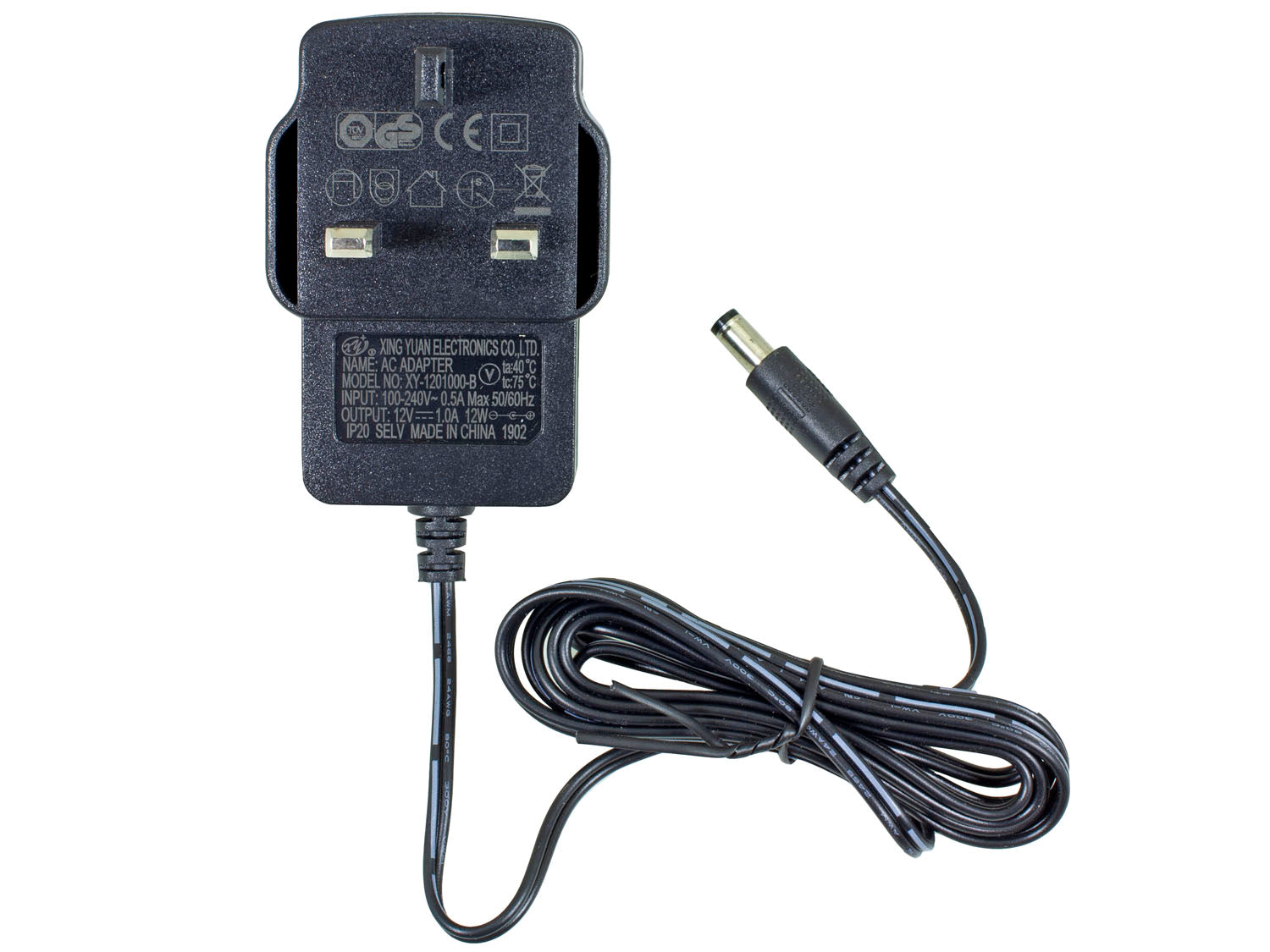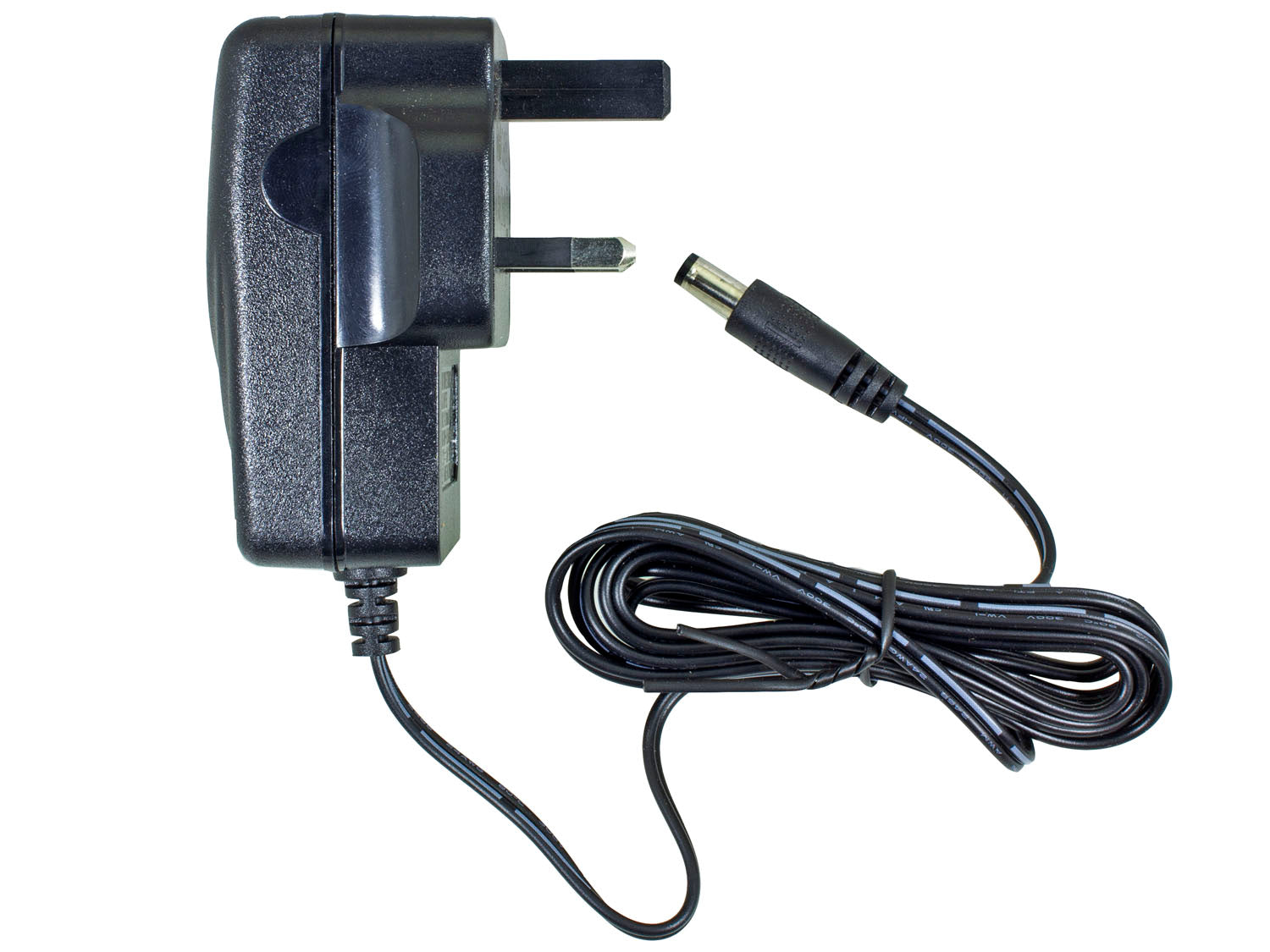Discovering hedgehogs in your garden can be an exciting experience. These adorable, spiny creatures are not only charming visitors but also beneficial to your garden's ecosystem. As nocturnal animals, hedgehogs often make their presence known at night, leaving gardeners wondering how to protect hedgehogs and create a hedgehog-friendly garden.
So if you happen upon a hedgehog in the garden after placing one of our hedgehog habitats - what should you do? This article aims to guide you through the best practices for caring for hedgehogs in gardens. We'll also explore how to identify hedgehogs and how to look after hedgehogs in your garden year-round.
How to identify hedgehogs in your garden
Hedgehogs are unique and charming creatures that can be a delightful addition to any garden. These nocturnal animals have distinctive features that make them easy to spot.
Physical characteristics

Hedgehogs typically grow up to 30cm in length, with a soft, hairy belly and a back covered in spines or quills. These quills, which are usually brown and/or white, measure around 2-3 cm in length, depending on the age of the hedgehog. You’ll also notice a short tail beneath the spines - generally noticeable if you catch the hedgehog running.
While male hedgehogs are sometimes larger than females, this isn't a definitive way to determine their gender. However, males can be identified by what appears to be a large "belly button" in the mid-abdominal region, which females lack.
Signs of hedgehog visits
Since hedgehogs are nocturnal, it can be challenging to spot them directly. However, several tell-tale signs indicate their presence in your garden:
- Footprints: Hedgehog tracks are quite distinctive. They have five toes on both their front and back feet, although only four toes typically show up in their tracks. The front footprints resemble little handprints, while the back footprints are longer and slimmer. These prints are usually about 2.5cm long and 2.8cm wide.
- Droppings: Hedgehog droppings are a sure sign of their presence. They are dark in colour due to the hedgehog's diet and are typically found as singular droppings. These droppings range from 15mm to 50mm in size and resemble cat poo but with a rounded top rather than a pointy one.
- Disturbed undergrowth: Hedgehogs often create small tunnels, about 5 or 6 inches across, as they move through hedgerows and undergrowth. They tend to follow the same routes each night, so these pathways can become more noticeable over time.
- Sounds: Despite their small size, hedgehogs can be surprisingly noisy. Listen for snuffling, huffing, and puffing sounds at night, particularly in spring after hedgehogs hibernate. During mating season, male hedgehogs can become quite vocal, engaging in loud fights over female hogs.
- Camera Footage: Since hedgehogs are most active when we're asleep, setting up a hedgehog camera can be an effective way to confirm their presence in your garden.
To increase your chances of spotting these signs, try the following:
- Check for footprints in soft or wet ground, such as muddy parts of your lawn or flower beds.
- Look for droppings on your lawn or in areas where hedgehogs might forage for food.
- Listen for hedgehog noises after dark, especially during spring and summer.
- Observe any disturbances in leaf piles, log piles, or compost heaps, which are favoured resting spots for hedgehogs.
Hedgehogs can travel up to a mile every night in search of food and shelter, so if your neighbours have reported hedgehog sightings, there's a good chance these spiny visitors are frequenting your garden as well.
Seasonal care for hedgehogs
Spring and summer support
As the weather warms up, hedgehogs emerge from hibernation and enter a busy period of activity. Spring and early summer are crucial times for these spiny creatures, as they focus on mating and rearing their young. Female hedgehogs are pregnant for about four weeks and give birth to their first litter of up to seven hoglets in late spring or early summer.
During this time, it's essential to provide support to help hedgehogs thrive in your garden. Here’s how:
1. Provide food and water
Place a shallow dish of fresh water and a bowl of dog food, cat food, or specialised hedgehog food near dusk. This supplementary feeding is crucial, as hedgehogs have busy schedules and families to rear.
2. Create nesting areas

Hedgehogs need suitable nesting sites for raising their young. Install a hedgehog house or nesting box in a quiet part of your garden to provide a safe haven for mother hedgehogs and their hoglets.
3. Maintain wild areas
Leave some parts of your garden wild, with piles of leaves, logs, or compost. These areas attract invertebrates, which are a vital food source for hedgehogs.
4. Practise safe gardening
Be cautious when using garden tools, especially strimmers and mowers. Always check for hedgehogs before working in areas with long grass or undergrowth.
5. Avoid using chemicals
Refrain from using slug pellets and pesticides, as these can be harmful to hedgehogs. Instead, try natural alternatives like crushed eggshells or coffee grounds to protect your plants.
It's important to note that while hedgehogs are typically nocturnal, it's not unusual to spot a healthy hedgehog out during daylight hours in summer. However, if you see a hedgehog that appears to be sunbathing or staggering, it may need help.
Autumn and winter preparations
As autumn approaches, hedgehogs begin to focus on preparing for hibernation. This is a critical time for their survival, and they need to gain sufficient weight to make it through the winter months. Here are some ways to help hedgehogs prepare for the colder months.
1. Increase food supply
Autumn is the essential time to feed hedgehogs in your garden. They need to put on enough weight to reach a safe hibernation weight before late December. Continue providing food even after it stops being eaten regularly, as hedgehogs may wake from hibernation if disturbed or if weather conditions change.
2. Provide hibernation spots
Offer suitable hibernation sites by leaving piles of leaves, creating log piles, or providing access to your garden shed. Hedgehogs build elaborate hibernation nests called hibernacula, which are 18 inches to 3 feet across and have walls at least 4 inches thick. Our hedgehog care starter pack is a great bundle including two food/water bowls, a large bag of crunchy dry food, a tin of meaty wet food and meadow hay for use as nest material.
3. Be cautious with garden maintenance
Take extra care when gardening in autumn, as hedgehogs may be nesting in leaf piles, compost heaps, or long grass.
4. Look out for late litter
Some hedgehogs have a second litter in late summer or early autumn. These "autumn orphans" may need extra support to gain enough weight for hibernation.
5. Keep providing water
Ensure a shallow dish of fresh water is always available, as finding water can be challenging for hedgehogs - particularly in colder months.
How to help injured or orphaned hedgehogs

First aid
When encountering a hedgehog in need, it's crucial to act swiftly and carefully. Hedgehogs seen during daylight hours often require assistance, as they are nocturnal creatures. If a hedgehog appears to be staggering, has poor muscle coordination, or is unable to curl up, it may be suffering from an internal injury or hypothermia.
To provide immediate care
- Wear thick gardening gloves or use a towel to gently pick up the hedgehog.
- Place the animal in a high-sided cardboard box lined with newspaper.
- Provide warmth by placing a wrapped hot water bottle in the box, ensuring the hedgehog has space to move away if needed.
- Offer a small dish of water, but avoid giving food immediately.
- Keep the box in a warm, dark, and quiet place to reduce stress.
For hedgehogs with visible injuries
- Check for fly eggs or maggots in the ears, mouth, anus, armpits, and fur.
- Carefully remove any parasites using tweezers, cotton buds, or a fine paintbrush.
- Bathe open wounds with a weak salt solution.
- If there are eye problems, gently clean them with warm water.
It's important to note that hedgehogs can carry diseases such as ringworm and salmonella, so always handle them with caution.
Contact a wildlife rescue service
While providing first aid is crucial, professional care is often necessary for the hedgehog's full recovery. Here's how to proceed:
- Contact a local wildlife rescue centre or veterinarian as soon as possible.
- If you're unable to reach a rescue immediately, continue to keep the hedgehog warm and offer small amounts of cat or dog food, or cooked chicken.
- For orphaned hoglets making high-pitched, bird-like sounds, immediate professional care is essential.
When transporting the hedgehog
- Secure the box to prevent escape, as hedgehogs are skilled climbers.
- Minimise handling to reduce stress.
- If dealing with multiple hedgehogs from the same litter, they can be kept in the same box if it's spacious enough.
Special considerations
- In autumn or winter, hedgehogs weighing less than 600g may need to be overwintered indoors.
- If a hedgehog nest with a mother and young is accidentally disturbed, avoid handling the babies and observe from a distance to ensure the mother returns.
The British Hedgehog Preservation Society (BHPS) offers a helpline (01584 890801) for advice and can provide contact information for local hedgehog carers. By acting promptly and seeking professional help, you can play a crucial role in saving these charming garden visitors and contributing to their conservation.
Frequently asked questions about hedgehogs in gardens
How can I ensure hedgehogs are safe in my garden?
To keep hedgehogs safe, make sure to cover any holes or drains in your garden to prevent them from falling in. Regularly check these areas to ensure no hedgehog is trapped. Additionally, provide safe exit routes from ponds and pools by placing bricks or stones at the sides.
Is it normal to see a hedgehog in my garden during the day?
Hedgehogs are primarily nocturnal, active at night and resting during the day. However, female hedgehogs may sometimes be seen foraging in the late afternoon. If you spot a hedgehog in your garden during daylight hours, it may need help. In such cases, we recommend taking it to a local wildlife rescue centre.
Can I keep the hedgehog as a pet?
While it’s technically legal to keep hedgehogs as pets, they can be carriers of salmonella.
Where should I place a hedgehog house in my garden?
When setting up a hedgehog house, choose a shady, quiet area where it won’t be disturbed. Ensure the entrance is protected from the wind. Ideal locations include under dense vegetation or behind a shed, where it remains undisturbed and secluded.
What should I do if I find an injured hedgehog?
If you discover an injured hedgehog, provide it with some food and water and observe it from a distance without disturbing it. The most effective way to assist an injured hedgehog is to take it to a veterinarian. If you need assistance or are unsure how to handle the situation, consider asking a neighbour or friend for help.
Want to learn more about hedgehogs? Find more resources on our blog, like our top hedgehog facts, or contact us today for expert info on everything hedgehog!



